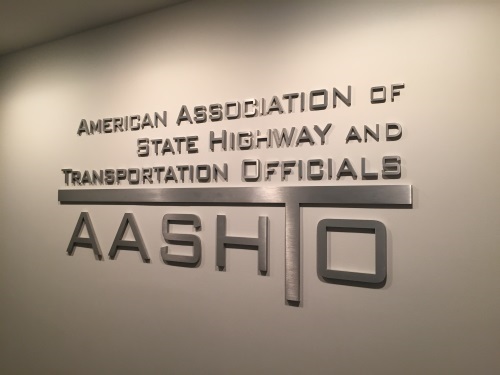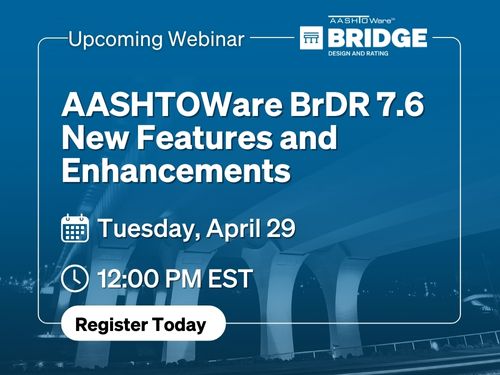The American Association of State Highway and Transportation Officials recently published the first edition of its Guide Specifications for Bridges Subject to Tsunami Effect.
[Above image by AASHTO]
Developed by the AASHTO Committee on Bridges and Structures and Technical Committee on Loads and Load Distribution, the new guide provides methods for estimating the risk posed by tsunamis in new bridge design, and identify accepted methodologies and details to mitigate that risk in design.

With the introduction of these new guide specifications, bridge designers now have a means to quantify forces associated with a tsunami event and a systematic method of applying these loads to bridge structures.
For states with bridges exposed to tsunami hazard, the implementation of the new bridge specifications should result in more “robust structures” that are better able to survive a tsunami event and participate in the recovery of affected areas.
Guide points include:
- Methodology of the Probabilistic Tsunami Hazard Analysis, used in the development of an offshore hazard database
- Equations for tsunami loads, including debris loading and load combinations
- Methods to accommodate tsunami forces
- Discussions of “scour effects” and geotechnical issues to consider in bridge design
- Insights on the use of “sacrificial” structural elements
The new guide is available to purchase as a PDF Download publication (single-user, five-user, or 10-user) online via the AASHTO Store or by clicking here.
 AASHTO
AASHTO
AASHTO Seeks Workforce Management Program Director
March 28, 2025 AASHTO
AASHTO

